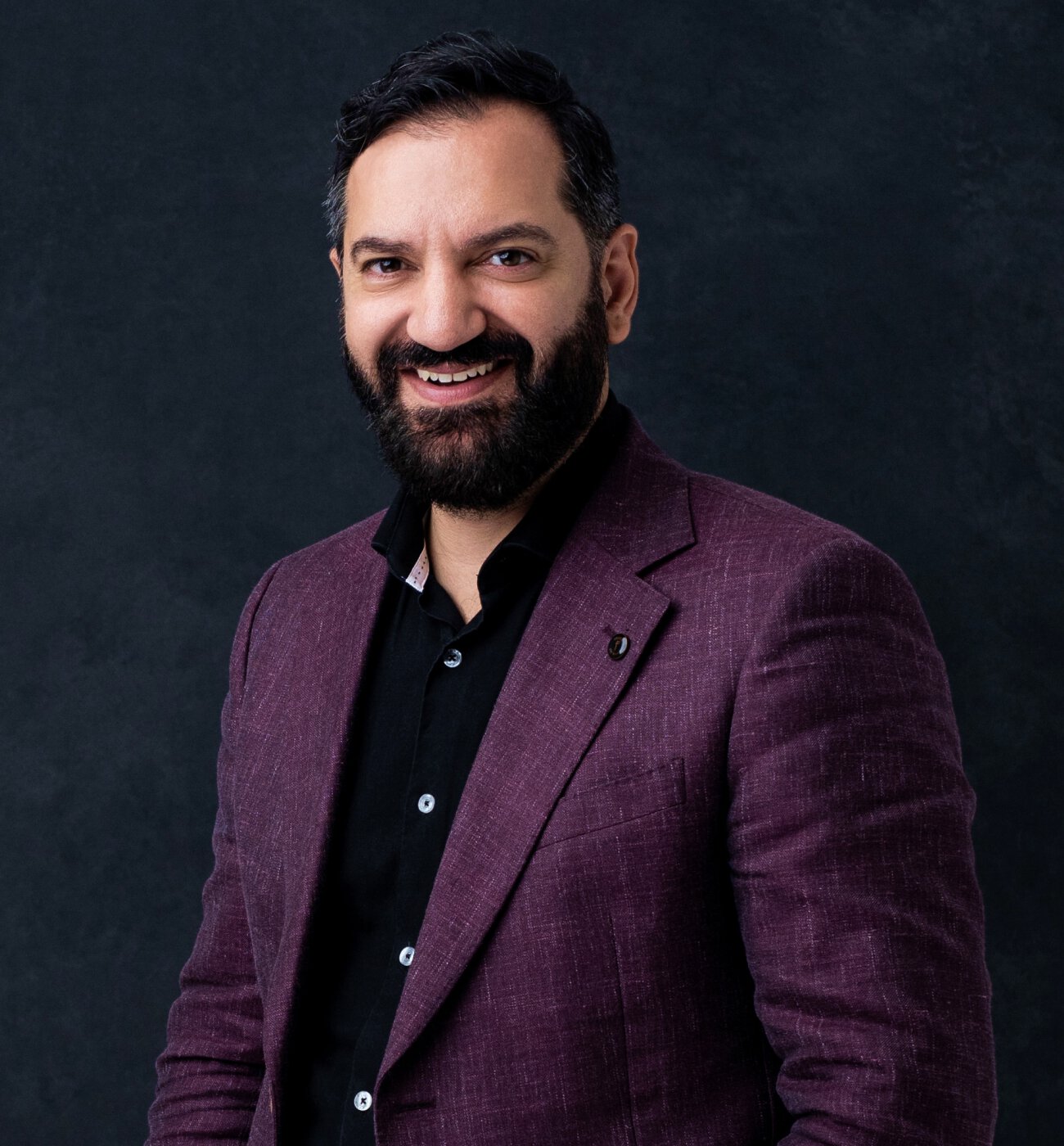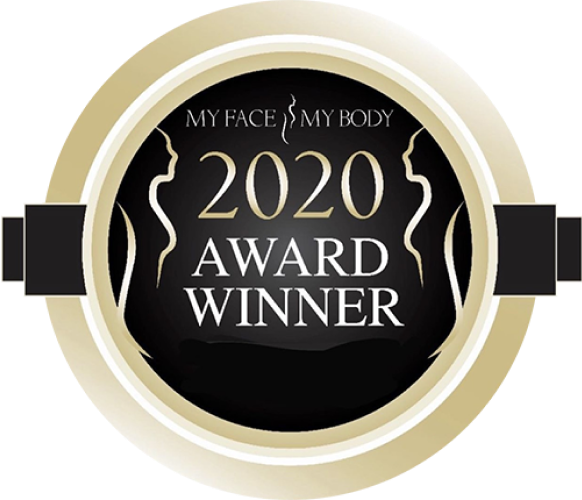









The goal of facelift surgery is to create a natural-looking shape that compliments your face and results in improved quality of life. Dr Joseph Rizk is a board-certified choice for facelifts in Sydney. Contact us today for a personalized consultation. The new, youthful, and revitalized you is possible with a facelift.
At Rizk Plastic Surgery in Sydney facelift surgery (also known as a Rhytidectomy) is one of the most common surgical procedures undertaken by people who wish to revitalise their appearance and combat the most visible signs of aging.
This type of surgery restores the contours of your face and neck to produce a more youthful appearance. A more youthful appearance is achieved through the tightening or elimination of sagging skin, elevation of facial muscles, loss of skin tone (causing jowls), and elimination of excess fat from the cheeks, chin, and neck. Facelift surgery involves an incision along your hairline, and around the ear, which allows your underlying facial muscle tissue to be tightened, and any excess skin and fat removed.
Mini facelifts are similar to the full procedure. However, they differ in the extent of work performed. Generally, mini facelifts are less invasive and require less downtime and recovery time. Mini facelifts are perfect for individuals with minimal skin sagging and only experiencing early-onset signs of aging.

Facelifts are an excellent option for anyone who wants to rejuvenate the way they look in a dramatic way. This procedure directly combats some of the most obvious signs of aging and can take years off of your appearance. Facelifts don’t change your fundamental appearance, so you’ll still look like you, just younger. A rhytidectomy surgery immediately addresses common marks of age, such as:
All of these signs can be reduced or eliminated with a facelift, restoring your face to project your ideal image. However, keep in mind that a facelift cannot stop the aging process, so ongoing care of your face and skin is important, as is a healthy diet and regular exercise. What’s more, a facelift can be combined with various other cosmetic procedures such as neck lifts, chin lifts, brow lifts, eyelid rejuvenation, and fat grafting in order to provide a customised rejuvenation solution for each individual pursuant to their needs and desires.
A Rhytidectomy procedure is good for any man or woman who wants to look younger. It is also important that candidates for a facelift have skin is relatively healthy with enough elasticity and resilence to achieve the ideal results.
Good candidates are people who are generally in good health. People without any disease that could interfere with the healing process. This can include heart disease, diabetes, or circulatory problems. Also, you should be free of any infections since they can cause complications during surgery and hinder recovery as well. Good candidates will also be non-smokers and people in good mental health. As outlined above, there are some situations where a facelift may not be the best option for a patient.
During your consultation for a facelift Sydney plastic surgeon, Dr. Rizk will discuss your complete medical history and talk you through other options if a facelift is not right for you. As with all cosmetic treatments, Dr Rizk advocates the National Law and Australian Health Practitioner Regulation Agency (AHPRA) guidelines that any surgical or invasive procedure carries risks. Before proceeding, you should seek a second opinion from an appropriately qualified health practitioner.
Prior to your surgery, Dr Rizk will outline any steps you need to take to prepare adequately. These may include taking certain medications or adjusting those you already take. If you smoke, you’ll be asked to stop. And if you take any supplements, make sure to let Dr Rizk know because some may increase the risk of bleeding or bruising. You will be under general anesthesia during your surgery, so you’ll be unconscious and you should plan for a friend or family member to take you home from the clinic that day.
Limited or “mini-facelifts” involve localized incisions that are much smaller, but the extent of the work is more limited as well, so they are not able to address concerns that involve the entire face. However, the recovery and aftercare required for a mini-facelift are much less than for a full procedure. Once the “under-the-skin” work has been completed, Dr Rizk will then pull the skin tight and remove any excess skin as needed. He will finalise the procedure by closing the entire incision with stitches or, in some cases, skin adhesives.

The recovery process from your facelift greatly depends on the extent of the procedure you have performed. Dr Rizk will provide you with any prescriptions you may need for pain or antibiotic medication as well as any aftercare instructions you will need. There will be dressings or bandages covering your face and we know you will be excited to see your results, but make sure not to remove these before Dr Rizk recommends.
You should expect there to be significant swelling, discoloration, and bruising around the impacted areas that will resolve in time, depending on your body’s natural healing properties. Depending on your needs, Dr Rizk may also utilise small tubes to drain excess fluid from the surgical sites, and he’ll let you know the proper way to care for these as well.
Your face, forehead, and/or neck will probably be tender and sore for several days as well. Your medication should be adequate to address any discomfort you have, but you can contact Dr Rizk if you have any concerns. As always, call for emergency medical attention immediately in the case of any severe or life-threatening issues. Following your surgery, Dr Rizk will schedule any follow-up visits to check on your progress and remove any stitches or drainage tubes, if necessary.
You will be sufficiently healed to go out in public or back to work within two weeks of your surgery, but it may take longer than that for your face to feel back to “normal.” This is because of the process your facial skin and muscles undergo to relax and settle into their new, restored shape.
After the swelling and bruising have subsided, you should readily notice your face’s tighter, firmer appearance and more defined features like your cheekbones, chin, and jawline. Your overall appearance should be the more youthful and energetic face you wanted to get back.
It is important to remember that each person’s body is unique, so your results will not exactly match someone else’s. Also, following Dr Rizk’s instructions closely and staying vigilant with your skincare routine will be vital to maintaining your facelift’s results.
Many people choose to couple their facelift with one or more supplementary procedures. These treatments take the rejuvenating effects of a facelift even further, applying the restoration to other parts of the face as well. Some common complementary procedures for a facelift are:
A Rhinoplasty is one of the most popular cosmetic surgeries in the world. Rhinoplasty is used to restore and reshape the nose into its most ideal shape for your face. If you feel your nose is too big, too small, misshapen, or just not quite right, a Rhinoplasty is designed to fix it.
Also called “blepharoplasty,” Blephroplasty targets the form and function of either the upper eyelid, the lower, or both. Often, patients choose this to reduce sagging in the upper eyelid, which can make the eyes appear tired and can even impair vision. Likewise, lower Blephroplasty can reduce puffiness and make the eyes look younger and more vibrant.
While a facelift rejuvenates and enhances the middle and lower portions of the face, a brow lift smooths and refines the upper face. The process is similar to a facelift, but a brow lift tends to be somewhat less invasive. The result? Eliminated creases and a smooth, youthful forehead to compliment your restored facial appearance.
Excess fat and skin around the neck can create the dreaded “turkey neck” effect. Creases and bands form that can detract significantly from your overall appearance. A neck lift (“platysmaplasty”) reduces or eliminates these signs of aging and restores the look of a strong, slender neck.
Wrinkles and lost volume can be a common complaint for many people undergoing a facelift procedure. This can be remedied through:
Pairing implants, fat transfer, or dermal fillers with facelift surgery can reduce lines, fill out sunken areas, and give the face a more vibrant appearance.
Many patients take advantage of non-surgical procedures to improve the health and vitality of their skin following a facelift. Common treatments include intense pulsed light (IPL), laser treatments, chemical peels, microneedling, and dermabrasion.
In terms of Face surgery, Sydney offers a variety of procedures under Dr Rizk. These include:
Learn more about Facelift procedures in Sydney with a consultation with Dr Joseph Rizk
Are you ready to find out if a facelift procedure is right for you? Contact Sydney plastic surgeon Dr Joseph Rizk today! You can fill in the consultation form on this page or give us a call on 1300 707 007, Monday – Friday, 9.00 am – 5.00 pm.
Meet Dr Rizk



The cost of a facelift can span a wide range, depending on the extent of the surgery you choose. For example, mini facelifts can start at around $6,000, while a deep plane facelift can cost up to $30,000. Once your surgery plan is solidified, Dr. Rizk will give you a detailed breakdown of the specific expenses you can expect.
The traditional, full facelift incisions usually start around the temple and move down around and below the ear. They are typically hidden within the hairline as much as possible. For a mini facelift, the incisions only go around and just below the ear. Facelifts can be paired with laser scar revision after healing if the scars do not heal optimally.
A facelift is a major surgery. During the procedure, patients are completely unconscious. However, recovery can be painful. Dr. Rizk will prescribe appropriate pain management and anti-inflammatory medication to make the healing process go as quickly and comfortably as possible.
Facelift surgeries are usually recommended for people who notice their skin has started to sag, but there is still enough resilience in their skin to achieve the desired results. Each person is unique, so these signs of ageing may become apparent in the 40s for some people, while others may not notice them until into their 60s.
Dr Joseph Rizk became Australasia’s plastic surgeon of the year by making sure that each patient is heard, respected, and treated well. His patient-first approach provides you with the accurate medical information you need to make informed decisions about your course of treatment. At the same time, he offers his decades of knowledge and experience to help you along your path.
DOUBLE BAY, Suite 3.01, Level 3, 451 New South Head Road, Double Bay NSW 2028